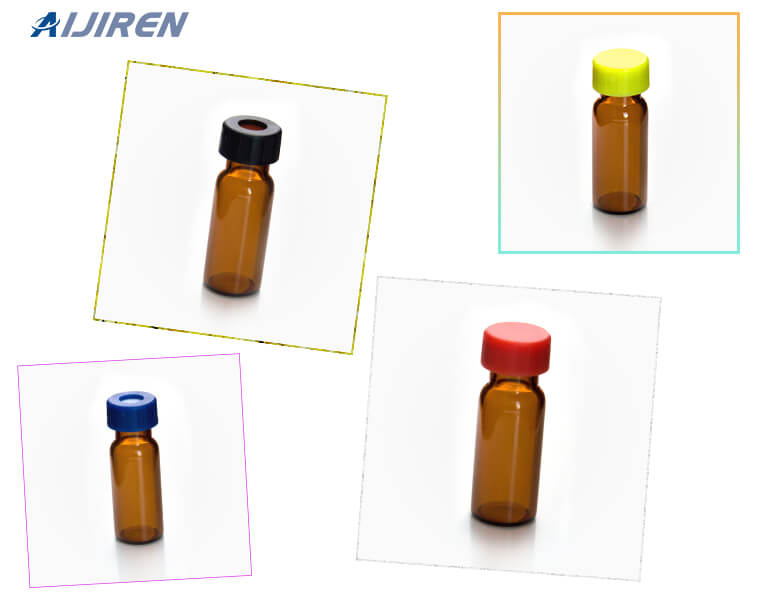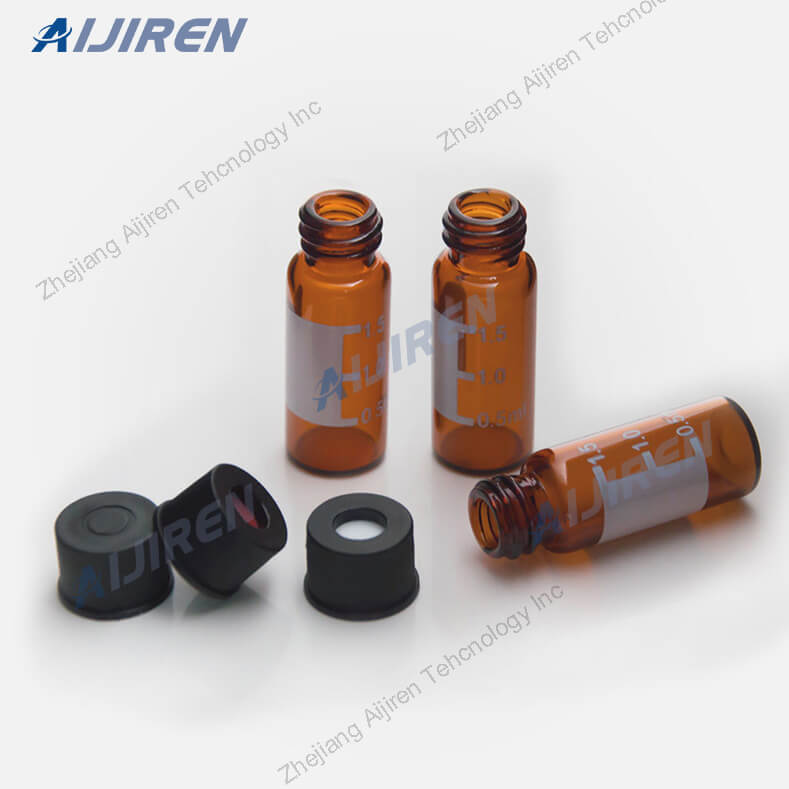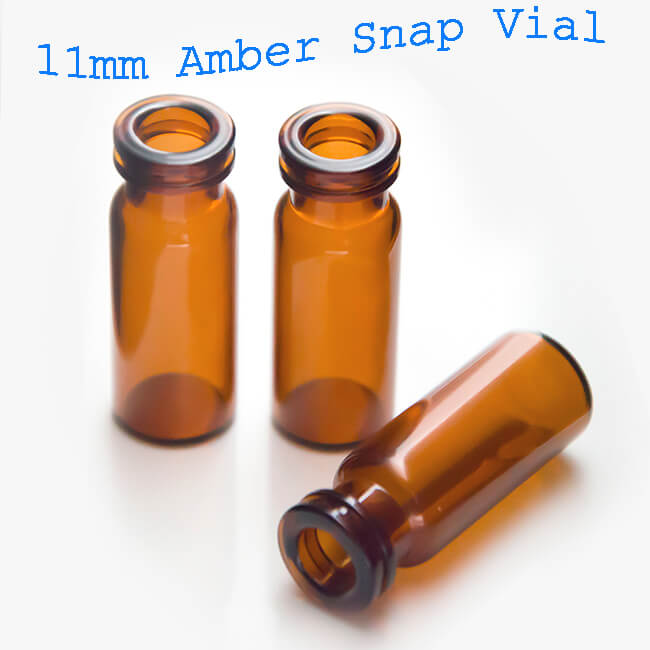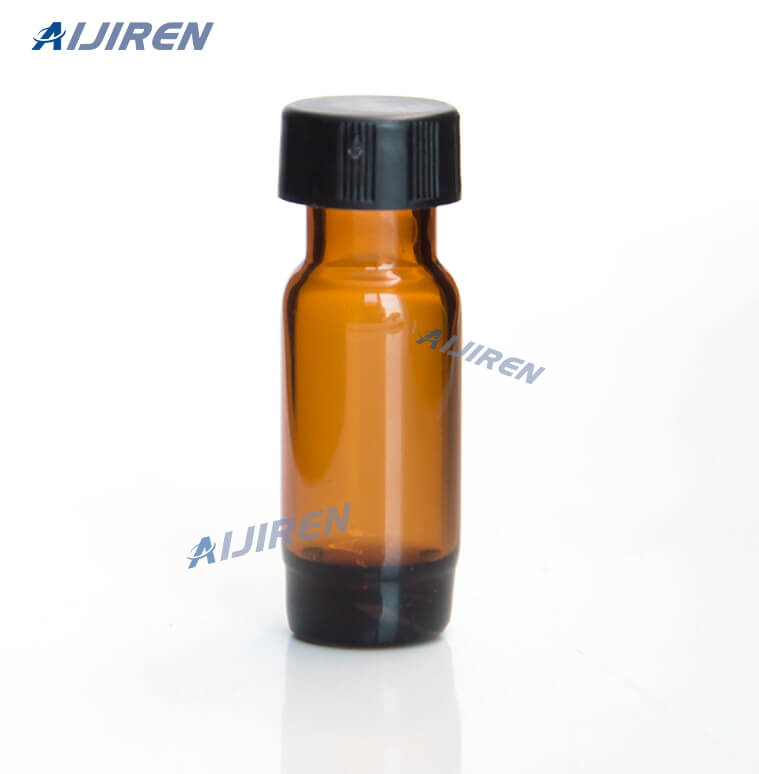Why HPLC vials can be damaged?
HPLC (High-Performance Liquid Chromatography) vials can be damaged due to several reasons, including:
1. Physical damage: HPLC vials are made of glass or plastic, and they can be damaged due to physical impact, such as dropping or mishandling. The vial can crack or break, leading to sample contamination or loss.

2. Chemical attack: Some samples or solvents used in HPLC analysis can be aggressive and may react with the vial material. This can lead to corrosion, degradation, or leaching of impurities into the sample, affecting the analysis results.

3. Temperature variations: Extreme temperature changes can cause thermal shock to the vial, leading to cracks or fractures.
4. Improper sealing: The vial must be sealed tightly to prevent contamination or evaporation of the sample. A poorly sealed vial can result in the loss of the sample or contamination of the HPLC system.

5. Aging: Over time, the material of the vial can become brittle and prone to cracking, especially if the vial is repeatedly exposed to extreme conditions or harsh chemicals.

It is important to handle HPLC vials carefully and to store them properly to prevent damage and ensure accurate and reliable analysis results.
Back to List
-
 下午4:09Weighing the Pros and Cons of PTFE/Silicone Septa
下午4:09Weighing the Pros and Cons of PTFE/Silicone Septa -
 下午4:05Decoding Vial Discard Guidelines: Ensuring Precision in Chromatography
下午4:05Decoding Vial Discard Guidelines: Ensuring Precision in Chromatography -
 下午5:01Navigating Micro Inserts for HPLC Vials: A Comprehensive Guide
下午5:01Navigating Micro Inserts for HPLC Vials: A Comprehensive Guide -
.jpg) 下午2:02Common faults and solutions of automatic samplers(2)
下午2:02Common faults and solutions of automatic samplers(2) -
 下午5:08Ensuring Sample Integrity: Navigating EPA Storage Vials Stability Guidelines
下午5:08Ensuring Sample Integrity: Navigating EPA Storage Vials Stability Guidelines

